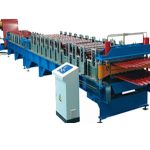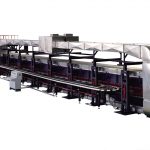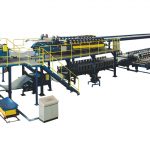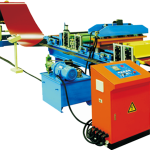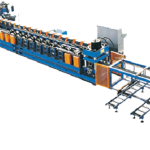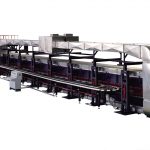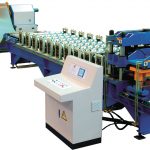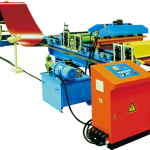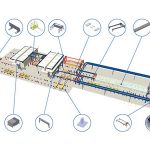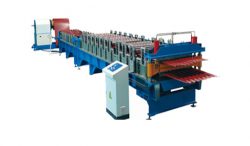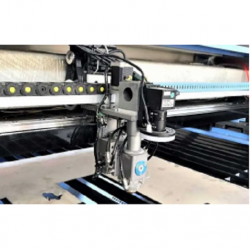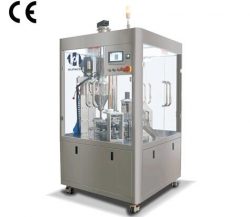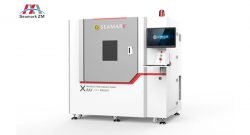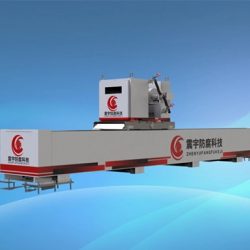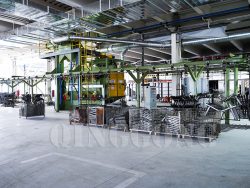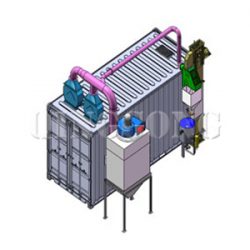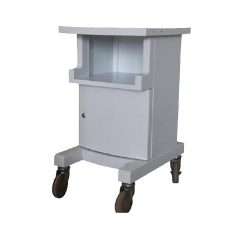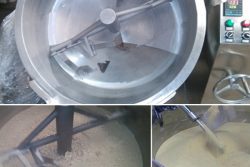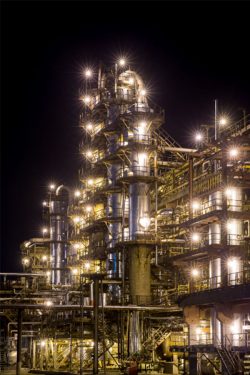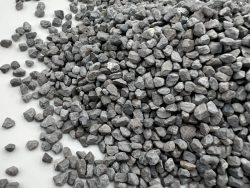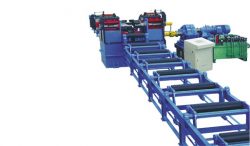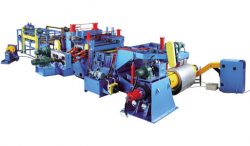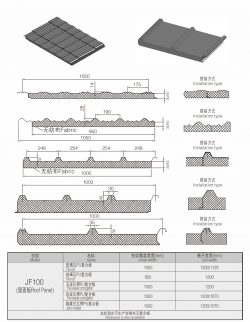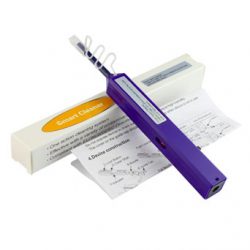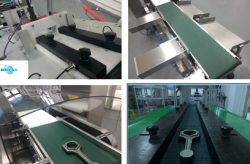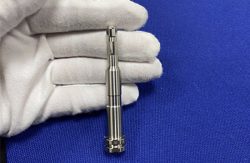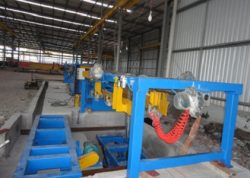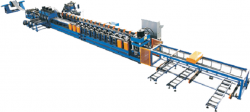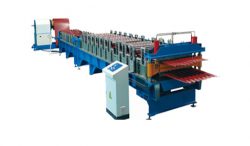How to Realize Green Production Goal of Modern Rock Wool Production Line?
At present, the single-line production capacity of the existing mature mineral cotton production line is 20,000-30,000 tons, but the existing technology can no longer meet the green production requirements of larger production capacity, lower energy consumption and automation.
Ⅰ. Rock wool production line meets the requirements of green production
In order to improve this situation, the rock wool industry has made a lot of efforts to achieve large-scale production of mineral wool, rock wool production line greatly reducing the energy consumption of production. In the production process, the automatic intelligent logistics system is adopted to improve the automation degree of rock wool production line. It is through this reform that the extensive production mode of the traditional rock wool industry has been changed, and then the intensive production management mode has been changed.
Energy saving and emission reduction is a link that can not be ignored in the realization of green production. However, according to the development of mineral cotton in China, the task of energy saving and emission reduction is still heavy. Under the general trend of energy saving and emission reduction, the waste gas, waste water and waste residue (referred to as “three wastes”) produced in the production of mineral cotton need to be treated and managed comprehensively, which is in line with the detection of environmental management departments and the requirements of relevant national policies.
Generally speaking, in order to achieve the goal of green production, modern rock wool production line has to focus on the following points.
II. Recovery and utilization of waste gas from rock wool production line
It is well known that, carbon monoxide is harmful and can cause Greenhouse Effect. But at the same time, carbon monoxide itself is also a kind of fuel, it is the main component of gas. Modern rockwool production line often sets up waste gas incinerator to burn carbon monoxide in waste gas. At the same time, in order to save energy, the waste heat should also be recycled, for example, the heat exchange system can be used for heating, or tap water can be heated to achieve the daily hot water supply in the factory living area and better achieve the energy saving goal.
Dust is a small particle suspended in the air, long-term inhalation will cause great harm to the health of workers and nearby residents. Modern rock wool production line should be equipped with a perfect dust filtration system to filter the dust carried in the waste gas so as to achieve the discharge standard of the waste gas. At the same time, the filtered dust should be recycled.
Sulfur dioxide is not only the main culprit of acid rain, but also harmful to human life and health. Modern rock wool production line should be equipped with desulfurization system to remove sulfur dioxide, from waste gas to achieve the goal of clean production.
III. Recovery and utilization of waste water from rock wool production line
Waste water is a problem that should be considered in the industrial production line. Waste water recovery system or waste water purification system is necessary for modern rock wool production line. For the rock wool industry, zero discharge of waste water can be achieved by returning the sewage to binder compounding station after being treated by a filtration device.
IV. Recovery of rock wool production line solid waste
The waste residue and waste cotton produced by rock wool production line should be reused in mineral cotton production through the reuse system, so as to realize the recycling of solid waste in mineral cotton production line and reduce the production cost.

